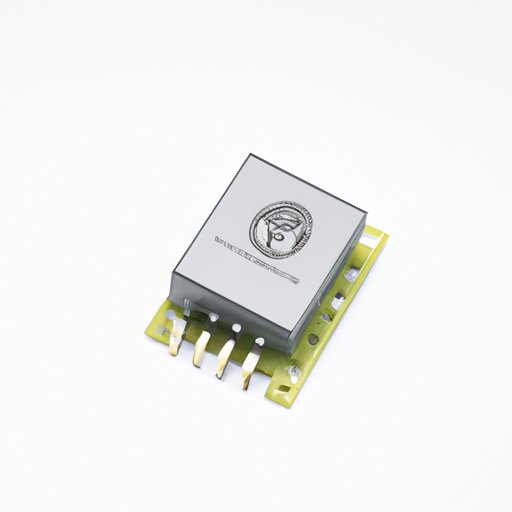CFR-50JB-52-1R8 DIACs, SIDACs highlighting the core functional technology articles and application development cases of DIACs, SIDACs that are effective.
Overview of DIACs and SIDACs
DIACs (Diodes for Alternating Current) and SIDACs (Silicon Diodes for Alternating Current) are essential semiconductor devices in power electronics, primarily used for controlling and switching AC signals. Their unique characteristics make them suitable for various applications, including light dimming, motor speed control, and over-voltage protection.
Core Functional Technology
1. DIAC (Diode for Alternating Current)
- **Structure**: A two-terminal device that exhibits a breakover voltage, allowing it to switch from a non-conducting to a conducting state when the voltage exceeds a specific threshold.
- **Operation**: DIACs have symmetrical breakdown characteristics, enabling them to conduct in both directions. They remain in the conducting state until the current drops below a certain level, at which point they turn off.
- **Key Features**:
- Bidirectional conduction
- Simple structure
- Low cost
- **Applications**: Primarily used in phase control applications, such as light dimmers and motor speed controllers.
2. SIDAC (Silicon Diode for Alternating Current)
- **Structure**: Similar to DIACs but designed to handle higher power levels, making them suitable for over-voltage protection.
- **Operation**: SIDACs have a defined breakover voltage and can manage higher currents than DIACs. They can be used in both AC and DC applications, providing robust voltage clamping.
- **Key Features**:
- Higher current handling capability
- Fast response time
- Versatile application range
- **Applications**: Commonly used in surge protection devices, snubber circuits, and as trigger devices for thyristors.
Application Development Cases
1. Light Dimming
- **Description**: DIACs are widely used in light dimmers to control the brightness of incandescent bulbs by adjusting the phase angle of the AC waveform.
- **Implementation**: In a typical circuit, a DIAC is paired with a TRIAC. The DIAC triggers the TRIAC at a specific point in the AC cycle, allowing for variable control of power delivered to the light source. This results in smooth dimming without flickering.
2. Motor Speed Control
- **Description**: SIDACs can effectively manage the speed of AC motors by controlling the voltage applied to the motor.
- **Implementation**: A SIDAC is integrated into a phase control circuit that adjusts the voltage and current supplied to the motor. This allows for smooth speed variations, enhancing performance in applications like fans and pumps.
3. Over-Voltage Protection
- **Description**: SIDACs are crucial in protecting sensitive electronic components from voltage spikes, clamping the voltage to safe levels.
- **Implementation**: In surge protection circuits, a SIDAC is placed in parallel with the load. When the voltage exceeds the SIDAC's breakover voltage, it conducts, diverting excess current away from the load and preventing damage.
4. Snubber Circuits
- **Description**: DIACs and SIDACs can be utilized in snubber circuits to protect switching devices from voltage transients.
- **Implementation**: A DIAC can be connected in parallel with a switch (like a relay or TRIAC) to absorb voltage spikes during turn-off, thereby extending the life of the switch and improving reliability.
5. Triggering Thyristors
- **Description**: DIACs are effective in triggering thyristors in various applications, including light control and motor drives.
- **Implementation**: The DIAC provides a sharp trigger pulse to the gate of the thyristor, ensuring reliable switching and control, which is essential for applications requiring precise timing and control.
Conclusion

DIACs and SIDACs are versatile components that significantly enhance the functionality of modern power electronics. Their ability to control and switch AC signals makes them invaluable in a wide range of applications, from lighting and motor control to protection circuits. Understanding their core functional technology and practical applications can lead to more effective designs and innovations in electronic systems, ultimately improving performance and reliability in various industries.


